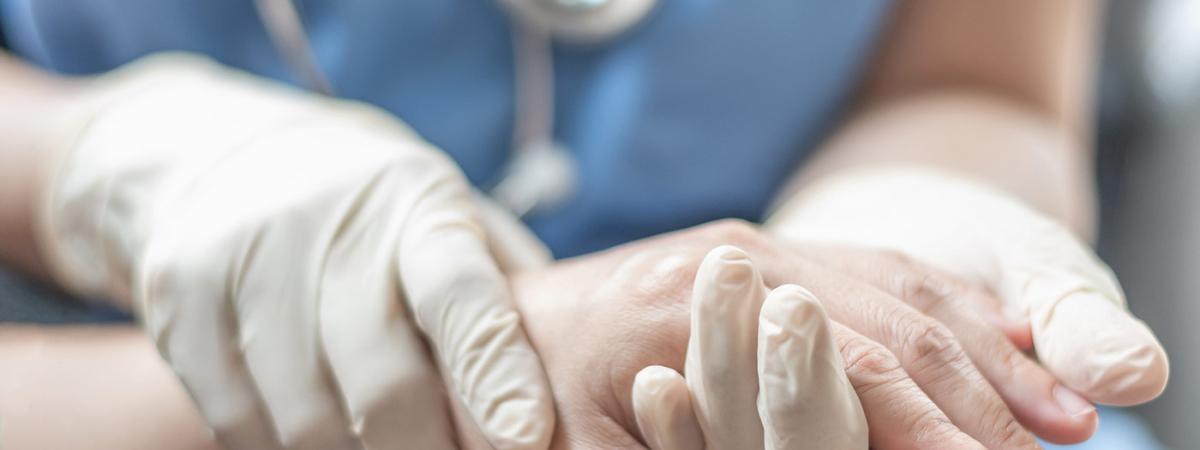CWRU’s Jane Timmons-Mitchell co-authors book outlining suicide prevention
Suicide prevention shouldn’t be limited to hotlines and therapy sessions. In addition, caregivers in hospitals and primary-care offices should be trained to identify suicide warning signs. That’s according to Jane Timmons-Mitchell, a senior research associate with the Begun Center for Violence Prevention Research and Education at Case Western Reserve University’s Jack, Joseph and Morton Mandel School of Applied Social Sciences. Timmons-Mitchell said that doctors’ offices and emergency departments make sense for suicide prevention. After all, of those who die by suicide, 77 percent visited primary-care offices and emergency departments within the year before their deaths, according to the American Foundation for Suicide Prevention. “That information has really lit a fire in suicide prevention,” said Timmons-Mitchell, who recently co-authored Suicide Prevention: A Practical Guide for the Practitioner (Springer 2018). “We need to—and we can—do better.” Timmons-Mitchell recommends an hour-long training course currently available to schools in Ohio, where participants learn to look for warning signs and ask appropriate questions. But she also recommends that physicians take the course. “Health-care providers have the most contact with patients and are in the best position to identify people at risk,” she said. Medical professionals are encouraged to look for warning signs of suicide, which include:- Depression, regarded among the most common conditions associated with suicide, is often undiagnosed or untreated.
- Change in behavior or the presence of entirely new behaviors.
- Anxiety and substance problems, especially when unaddressed, increase risk for suicide.
For more information, contact Colin McEwen at colin.mcewen@case.edu. This article was originally published July 5, 2018.


